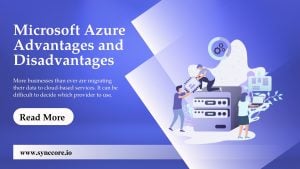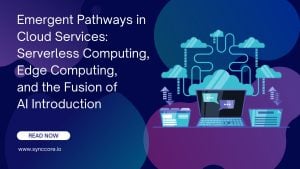Table of Contents
Introduction:
In the swiftly changing tech landscape, the distinctions between “Grid Computing” and “Cloud Computing” bear considerable importance. This article aims to dissect the fundamental differences between grid and cloud computing, offering insights into their functionalities, architectures, and applications.
Exploring Grid Computing:
Grid computing, a form of distributed computing, harnesses the collective power of multiple interconnected computers to address complex problems. Diverging from traditional models, it breaks down extensive tasks into smaller units and disperses them across a network, optimizing computational efficiency.
Key Attributes of Grid Computing:
Task Parallelism:
Grid computing excels in segmenting tasks into manageable units, distributing them across a network for simultaneous processing.
Resource Sharing:
Resources such as processing power and storage are shared throughout the grid, maximizing utilization and minimizing idle time.
High Performance:
Known for its high performance, grid computing leverages the combined power of multiple machines for intricate calculations and data processing.
Understanding Cloud Computing:
Cloud computing, a broader concept, delivers computing services over the internet, encompassing storage, processing power, and applications. Operating on a pay-as-you-go model, it provides immediate access to computing resources without significant upfront investments.
Key Characteristics of Cloud Computing:
On-Demand Access:
Cloud computing offers instantaneous access to a resource pool, enabling users to scale based on their specific requirements.
Scalability:
Designed to be scalable, cloud services allow organizations to adjust resources as their needs evolve. Service Models:
Encompassing various service models, including IaaS, PaaS, and SaaS, cloud computing provides different levels of control and management.
Distinguishing Factors:
Nature of Work:
Grid computing is geared towards scientific or engineering problems that demand substantial computational power, while cloud computing is versatile, suitable for tasks ranging from hosting websites to running business applications.
Ownership:
Grid computing involves shared resources across organizations, while cloud computing resources are owned and managed by service providers.
Flexibility and Cost:
Cloud computing offers flexibility and cost-effectiveness through pay-as-you-go models, whereas grid computing may entail higher upfront costs and resource management complexities.
Conclusion:
Grasping the nuanced distinctions between grid and cloud computing is essential. While grid computing excels in specialized, resource-intensive tasks, cloud computing provides a versatile and scalable solution for a broader range of applications.



